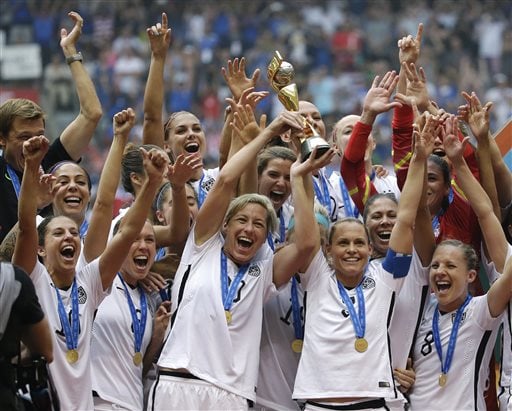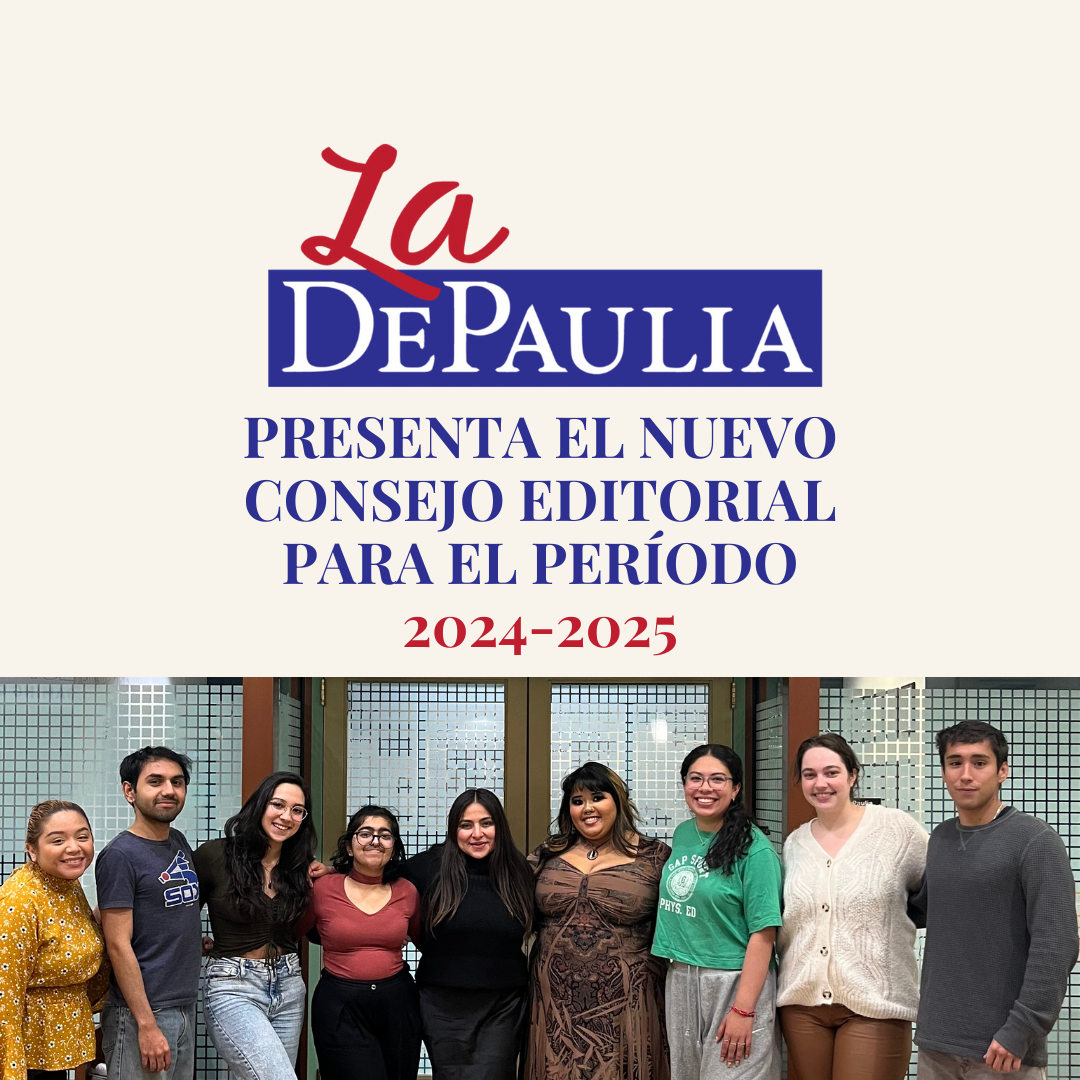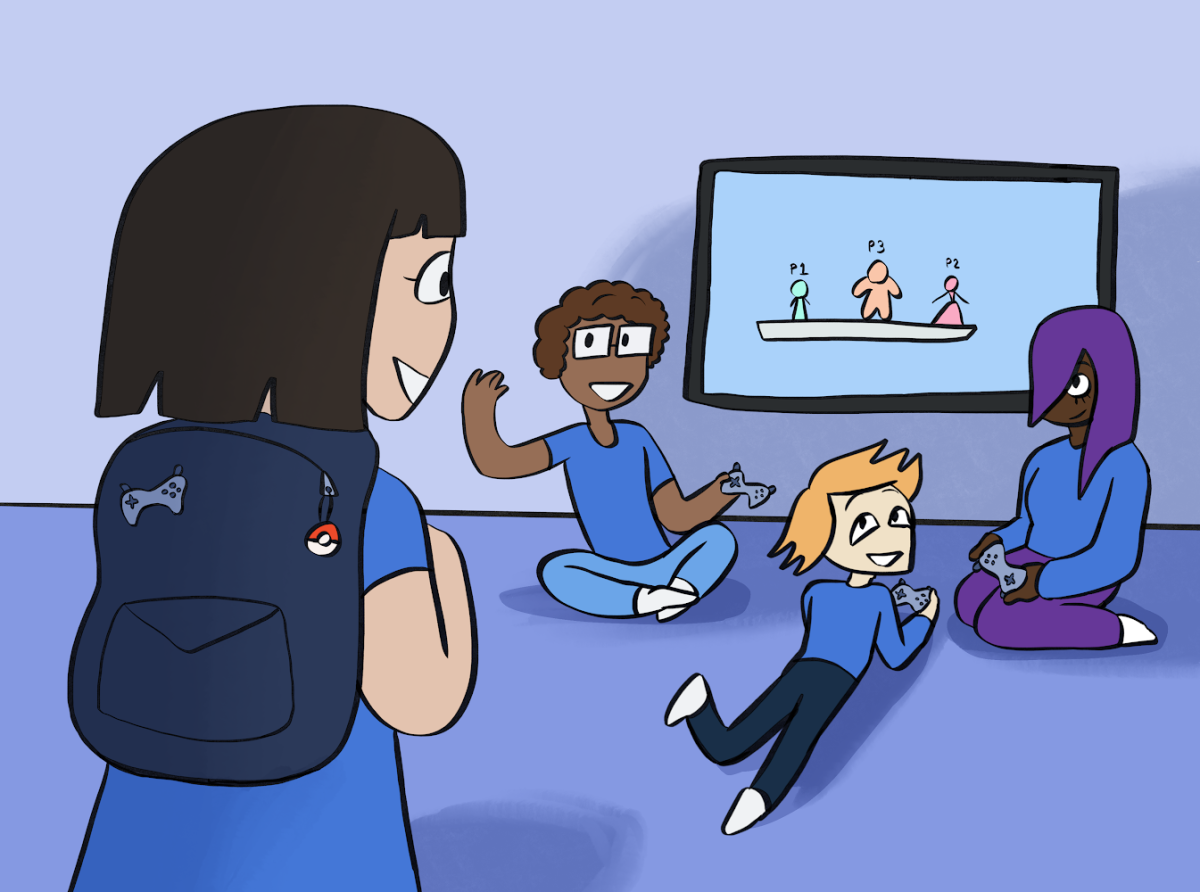
Five women who helped win the World Cup for the United States in 2015 filed a complaint against the U.S. Soccer Federation (USSF) April 1 with the Equal Employment Opportunity Commission (EEOC) for gender wage discrimination. These five athletes — Hope Solo, Alex Morgan, Carli Lloyd, Megan Rapinoe and Becky Sauerbrunn — are undeniably correct that they have been treated unfairly by the USSF.
There are a few ways to look at their argument. First is the differing pay structure between the men and the women. Top players on the women’s team are paid a base salary of $72,000 per year, supplemented by a bonus of $1,350 per win. Both the men’s and women’s teams are required to play 20 friendlies (exhibition matches against other countries) per year, so the women could potentially earn up to $99,000 per year if they win all 20 matches.
The men are paid on a bonus system. They earn $5,000 per game and an extra $3,166 per win. So while their income with U.S. Soccer is not guaranteed, they do have a much higher earning potential. The minimum they make, if they lost all 20 games, is $100,000 per year, $1,000 more than the women would make if they won all 20 games. Based on the numbers, at the very closest margin, the men are making more than the women.
This makes little sense considering how the projected revenue for the 2016 and 2017 fiscal years are expected to shake out. In 2016, a year when the men will play in the 2016 Copa America Centario, the 100th anniversary of the prestigious tournament featuring the best South American, Central American and North American teams, the women, who have no World Cup, but do have the Olympics, are expected to bring in $2.4 million more than the men. In 2017, when neither team has a World Cup or Olympics, the women are projected to bring in more than $8 million more in revenue than the men.
This isn’t written in order to set up a competition between the men and the women in the USSF. However, there will inevitably be arguments about how the men are more popular and analogies will be drawn to the NBA and WNBA salaries. Revenue projections do show, however, that the women deserve an equal playing field.
It shouldn’t have to take revenue projections to show that, however. The USSF is the governing body of soccer in the United States. Their mission statement declares “Clear and simple: to make soccer, in all its forms, a preeminent sport in the United States and to continue the development of soccer at all recreational and competitive levels.” The federation cannot call for making soccer the preeminent sport and ignore the pay disparity between the men and women at the highest level.

There is one wrinkle that goes into the complaint: the collective bargaining agreement (CBA). Representatives of the women’s team negotiated a collective bargaining agreement in 2005 and, while it did expire in 2012, there was a memorandum of understanding that extended the terms of the CBA that expires at the end of this year. There have been arguments regarding whether the memorandum could be terminated at any time, which is what is being argued in court. The USSF filed a lawsuit in February against the Women’s National Team Players Association (WNTPA), the women’s team’s union, to confirm the existence of the CBA.
With less than a year until the memorandum expires, U.S. Soccer should stop worrying about whether the terms of the CBA exist and instead, negotiate terms with the WNTPA. For one, the women should not have a maximum earning potential that is less than the minimum earning potential for the men.
There is too much volatility in league play for U.S. Soccer to move off of a guaranteed base salary altogether. The National Women’s Soccer League, the top league for women’s soccer in the United States, is entering its fourth season, an unprecedented feat for top flight women’s soccer leagues in the country. But the 10-team league does not have the stability of Major League Soccer, not to mention top flight men’s leagues around the world.
Instead, the USSF should rework the bonus system. They should increase the bonus money per win and per appearance for the women to come closer to the men’s. With the existence of a base salary, per appearance bonuses don’t have to be as much as the men’s, but there needs to be something. Bonuses per win should be equal, otherwise they’re placing more of a premium on the men’s wins versus the women’s wins.
As the governing body of soccer in the United States, the USSF should act as a paragon of fairness in regards to men’s and women’s sports. To not equally pay the women for the work they are performing — which, at the very least, is equal to the men — tells soccer fans that the governing body of soccer in this nation does not value women as much as they do men.
This sends a horrible message to fans and to young players. There is a disincentive for young female players to strive to be a professional if they are going to be treated less than their male counterparts. If the USSF is truly committed to growing the game of soccer, for men and women, then they should rectify this inequality.
When investments are put into women’s soccer, it helps grow the game. It brings fans to national team events and to NWSL events. Young fans can watch top women stars and top men stars and realize there is an avenue open for any young player and any fan. U.S. Soccer needs to realize that if they’re not going to treat the women equally, they are not only committing a moral wrong, but they are doing themselves a disservice.
U.S. Soccer should treat the women’s team fairly. It’s beneficial for everyone.







